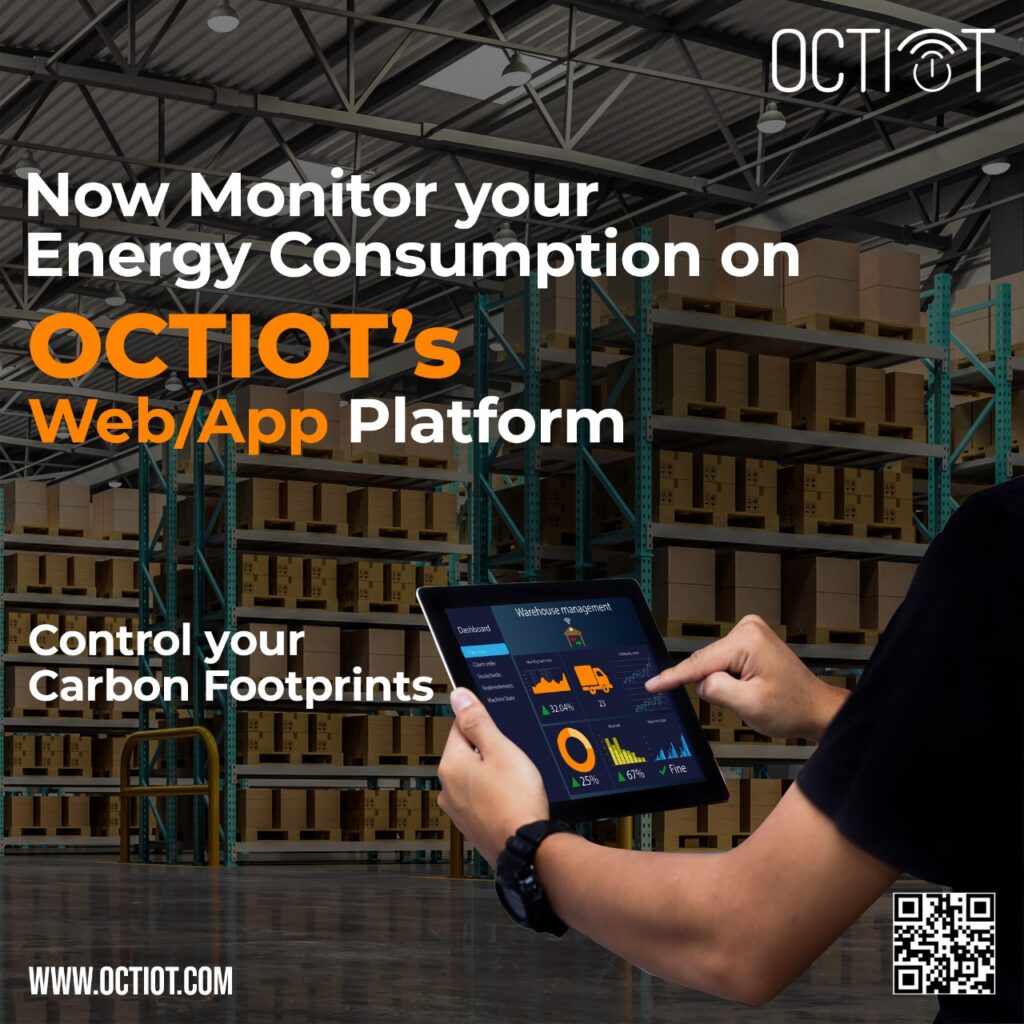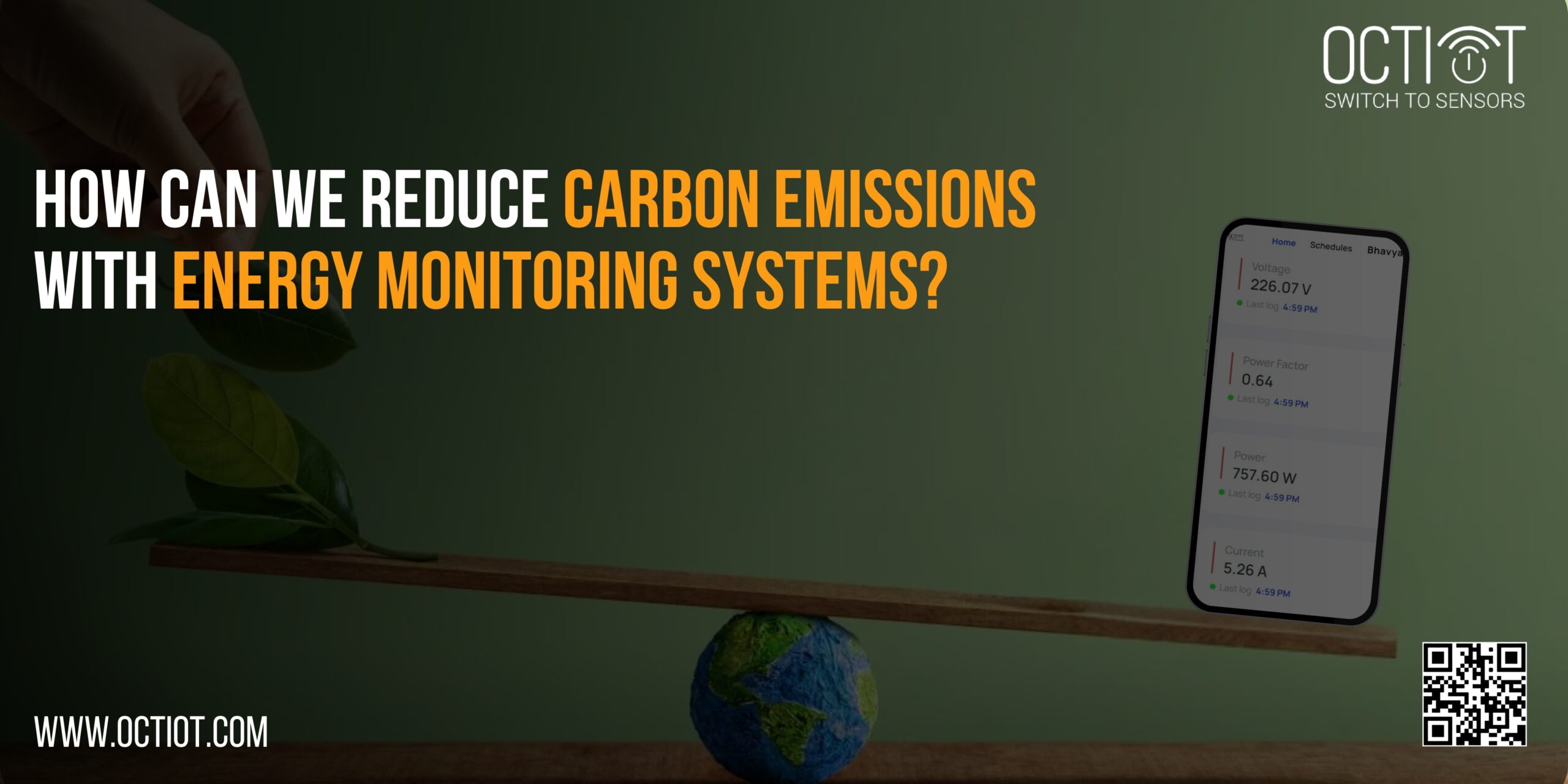As societal awareness of climate change continues to strengthen, human beings from both organizational and individual levels are interested in lowering carbon emissions. An effective way to do this is through an energy monitoring system and smart lighting. Here are the insights related to smart lighting systems including motion sensors, and how you can reduce your carbon footprint with values aligned with energy monitoring information.
The Role of Energy Monitoring Systems
Energy monitoring systems deliver real-time information about energy consumption to users, allowing them to monitor and evaluate usage trends. Energy monitoring systems also provide important visibility into where energy is being used most and indicate where actual savings can be made. This information can be used by organizations and homeowners to make better-informed decisions about energy usage and to save overall energy consumption.

Motion Sensor Lights- A Smart Solution
One of the most effective ways to reduce energy consumption and, consequently, carbon emissions is by using motion sensor lights. These smart lighting solutions only illuminate spaces when they are occupied, thereby minimizing unnecessary energy use. Unlike traditional lighting systems that remain on for extended periods, motion sensor lights activate only when motion is detected, significantly reducing the amount of electricity used.
How Energy Monitoring Systems Enhances Lighting Systems
When paired with energy monitoring systems, the impact of motion sensor lights can be even larger. Energy monitors are also able to quantify savings associated with motion sensor lights, making evidence of electric reduction even more clear. Energy monitoring systems can also highlight where on-site motion sensor lights are most advantageous for use and adjust settings so they maximize these effects.
Reducing Carbon Emissions with Smart Lighting Solutions
- Lower Energy Bills: Implementing motion sensor lights and temperature control devices as a means of decreasing energy use can help reduce your power bill substantially. In addition to advantages related to cost savings, this also helps reduce carbon footprints.
- Enhanced Efficiency: Intelligent lighting systems make sure energy is consumed only when necessary, improving efficiency. Energy monitoring systems offer a way to optimize lighting parameters and identify further areas for energy reduction.
- Environmental Impact: Lowering the use of energy results in a direct decrease in carbon emissions. Implementing energy monitoring systems and using motion sensor lights are two intriguing ways that you create a positive contribution to a smaller carbon footprint, climate change, and the worldwide campaign to reduce carbon emissions.
- Improved Data Insights: Energy management and monitoring systems provide detailed information on your energy usage to enable you to make decisions regarding your lighting and overall energy strategy based on data. This allows for more accurate control of energy usage and represents one more option for reducing related emissions.
Conclusion
Integrating energy-monitoring systems with smart lighting systems is a practical and effective way to reduce carbon emissions. With the ability to manage your lighting to reduce unnecessary energy use, not only can energy-monitoring systems and smart lighting save costs but they can also support sustainable living. The integration of energy-monitoring systems and smart lighting makes a difference toward a greener world and also shows a commitment to reducing your carbon footprint.
In the search to combat climate change stubbornly, energy-monitoring systems and smart-lighting solutions will remain a powerful arm in seeking out meaningful reductions in emissions.
Contact us: 088600 12342
For more information: sales@octiot.com



